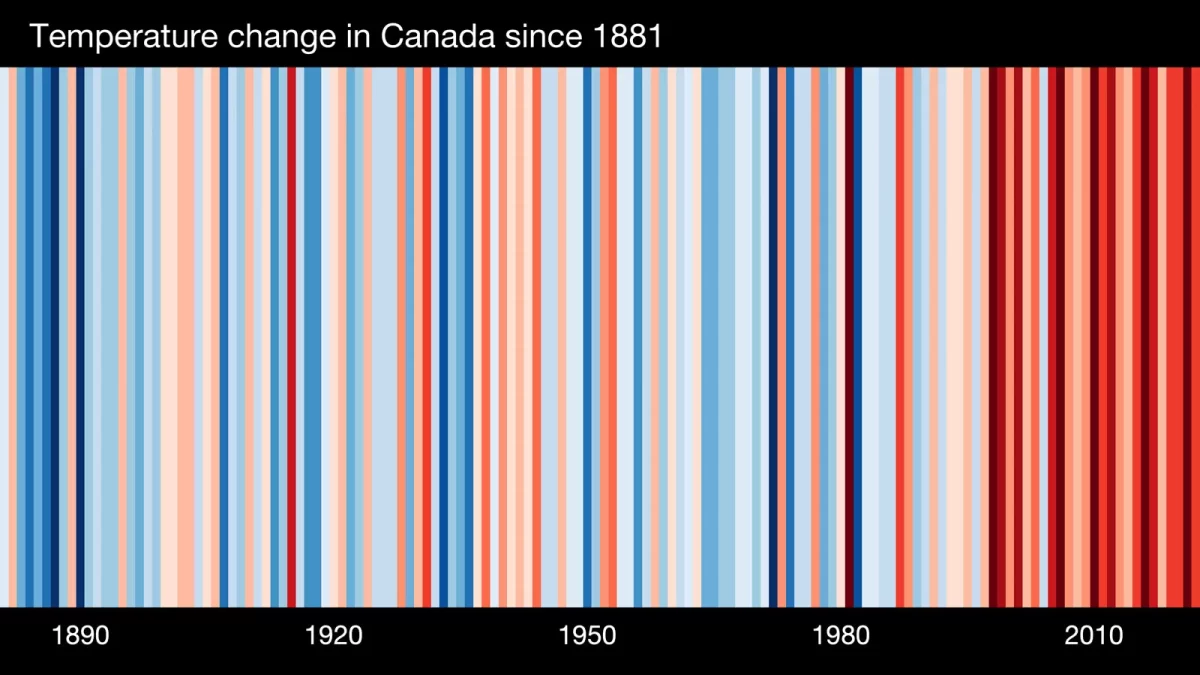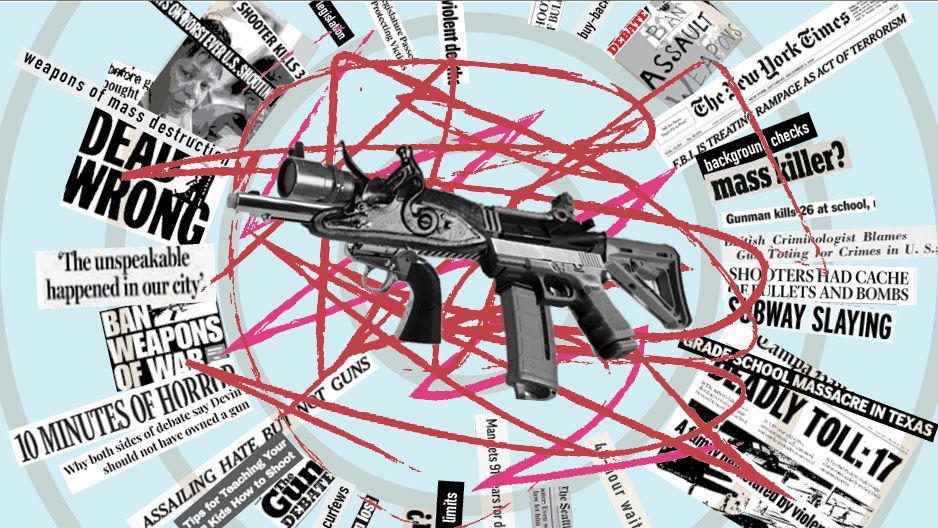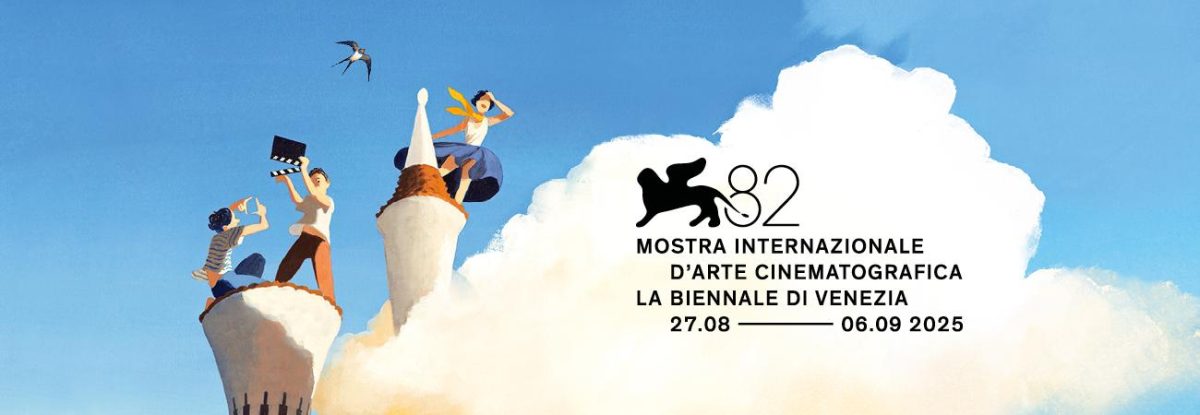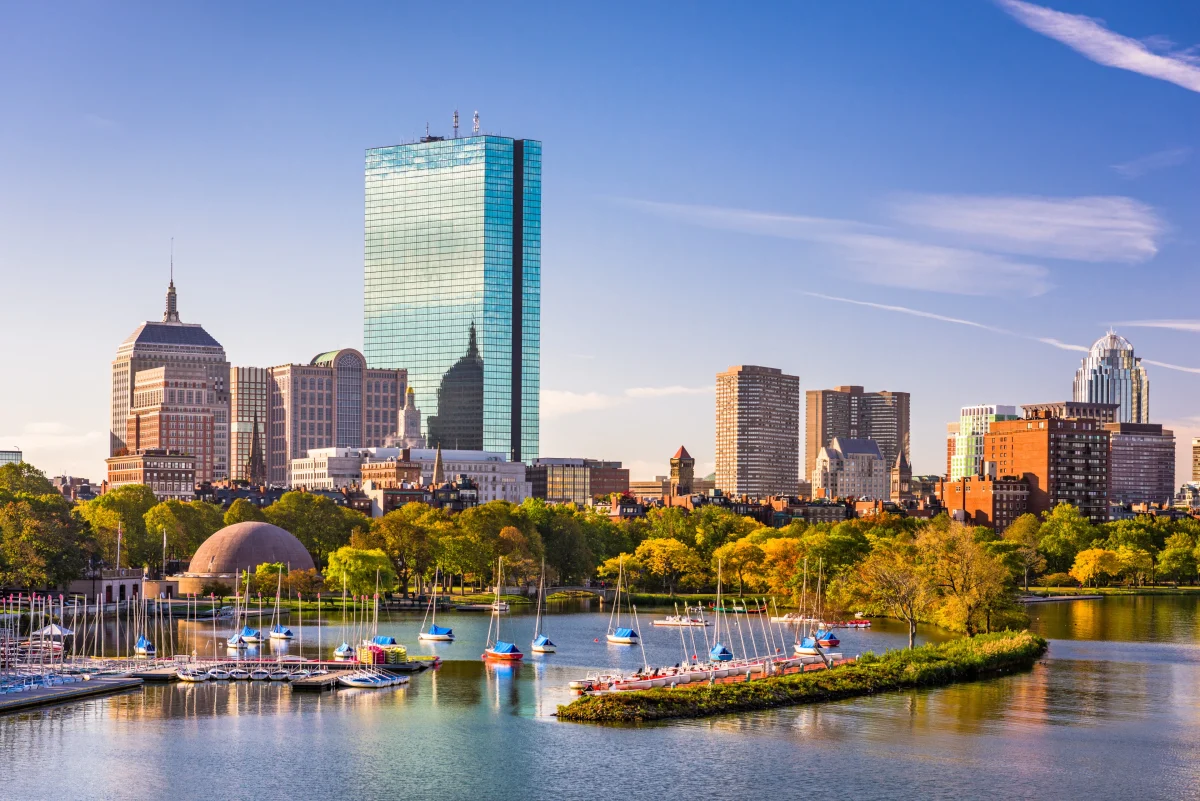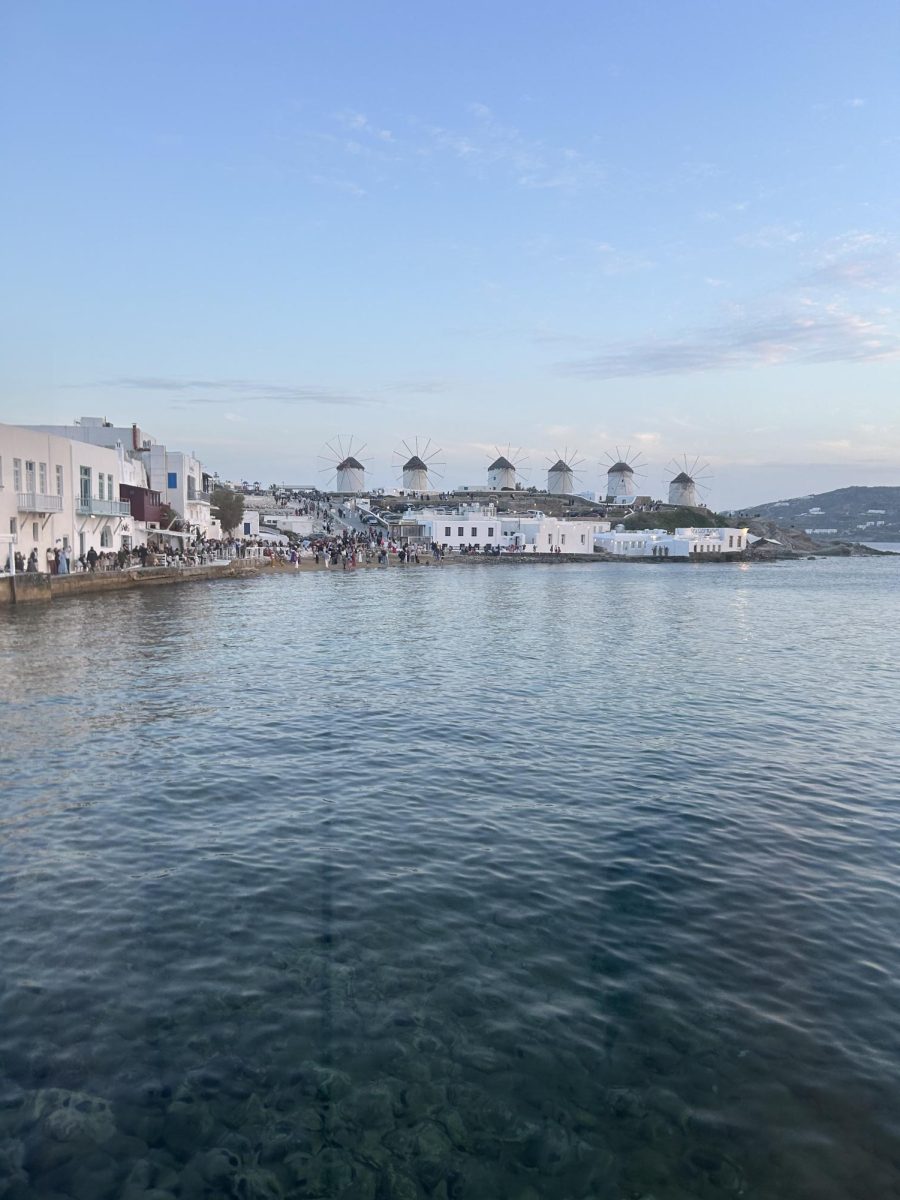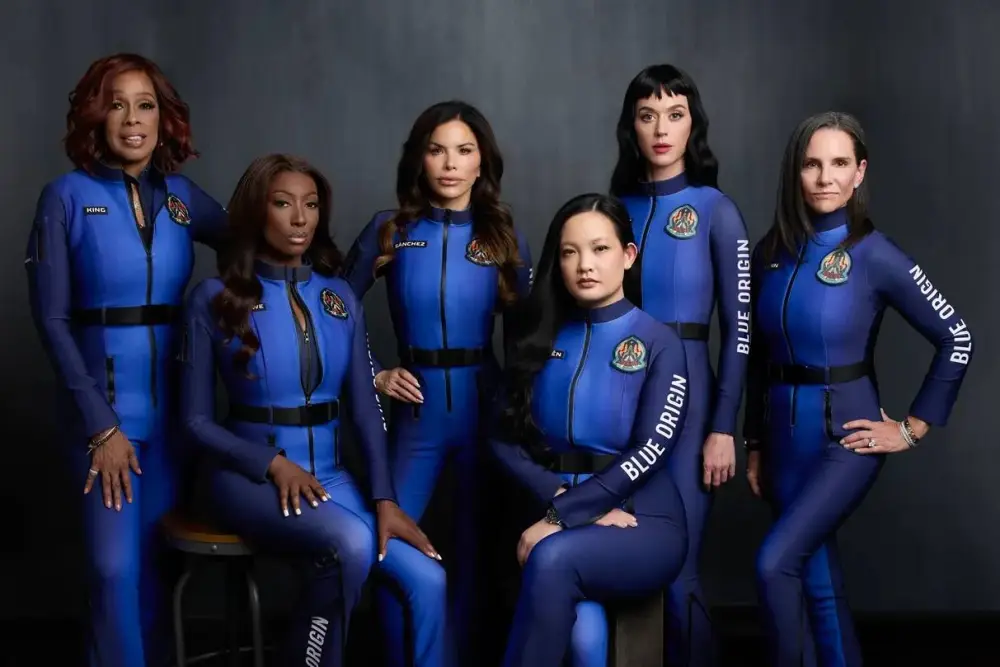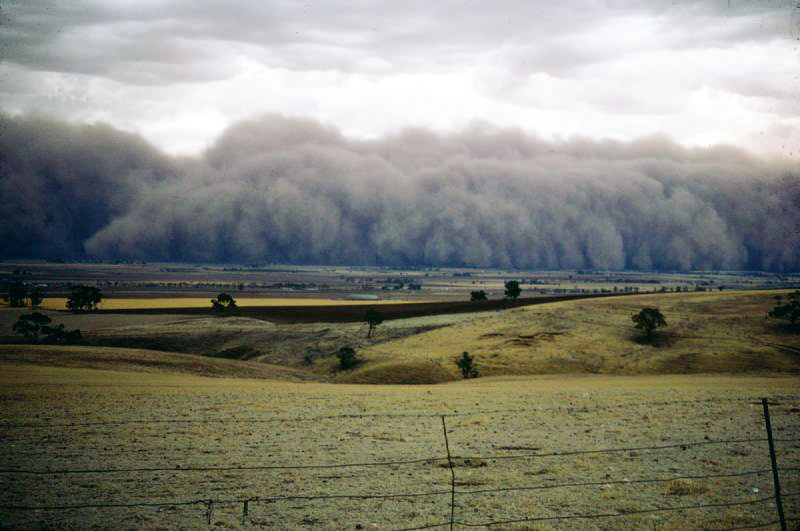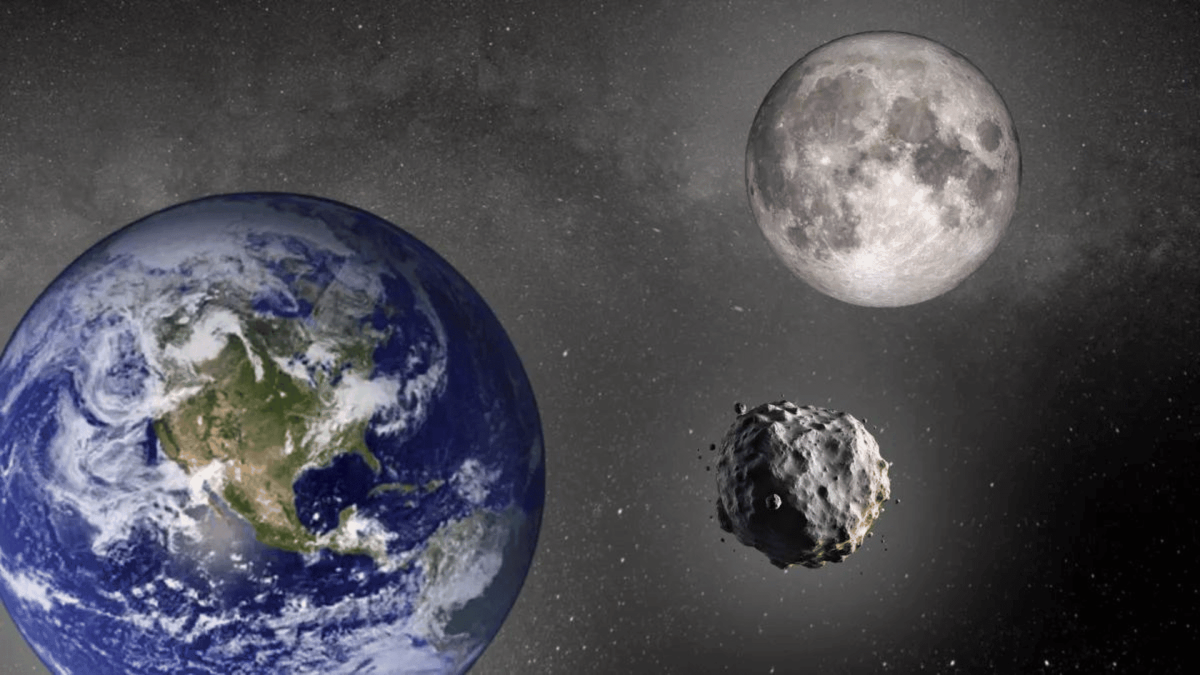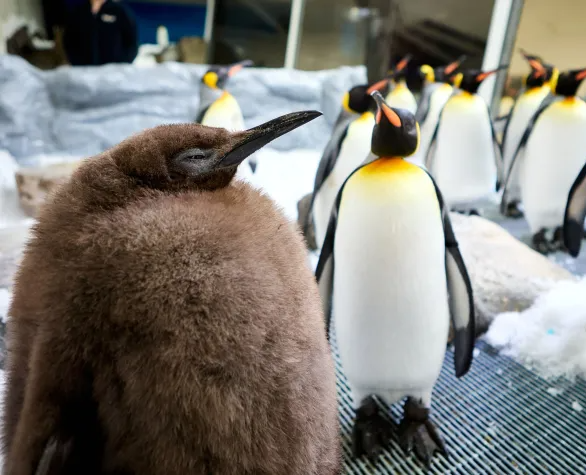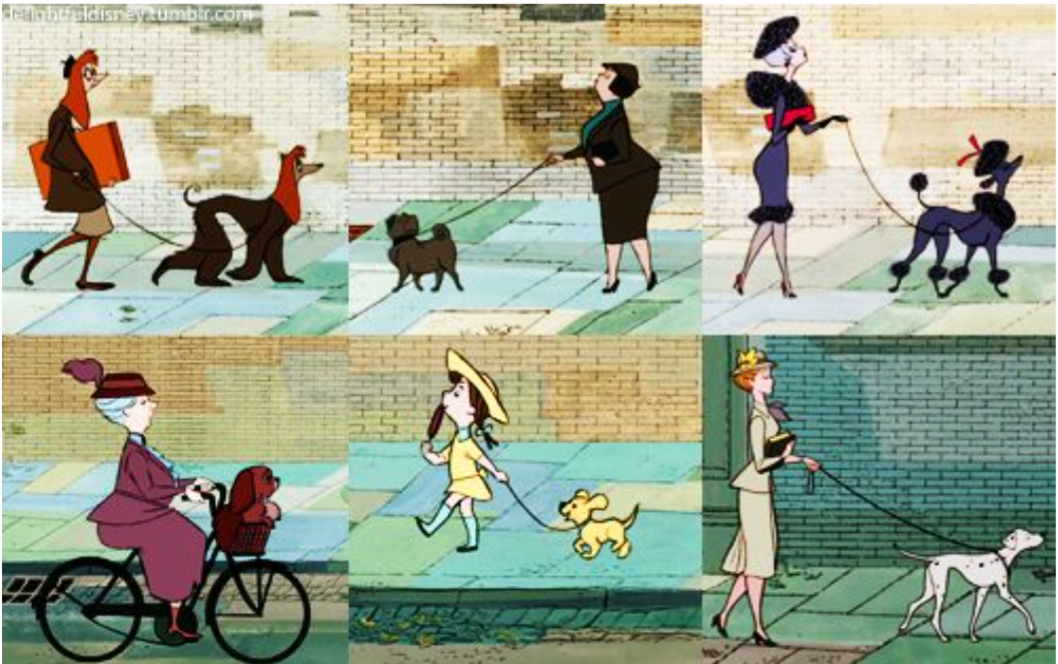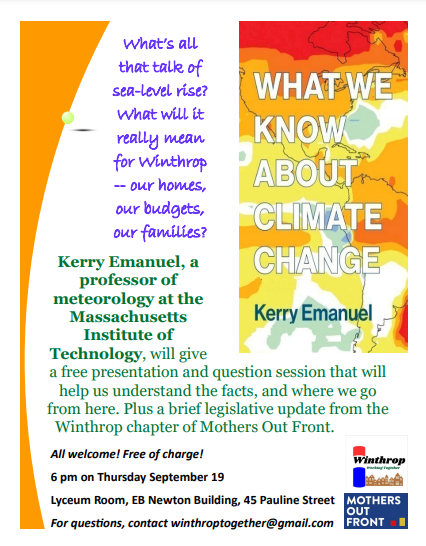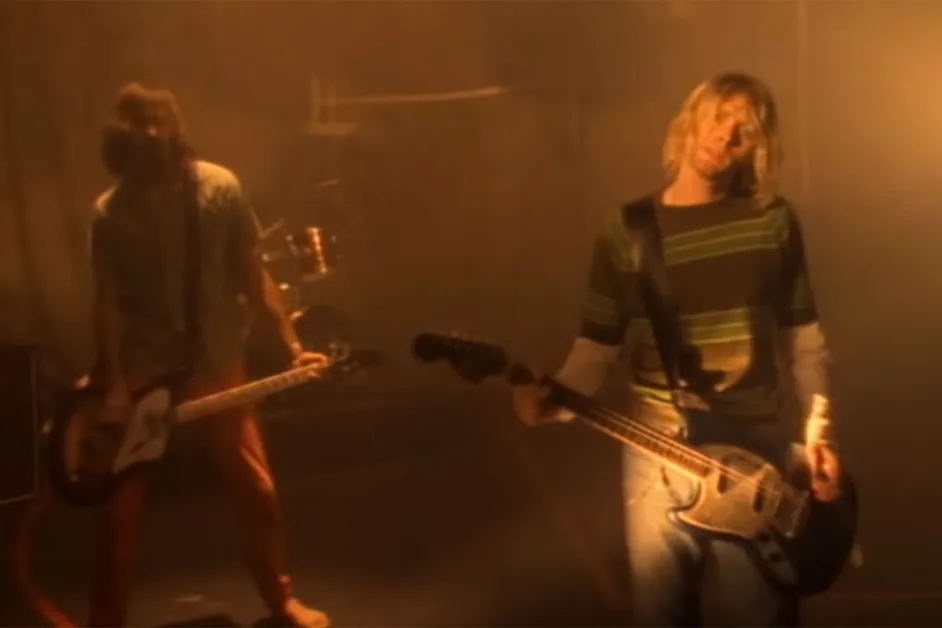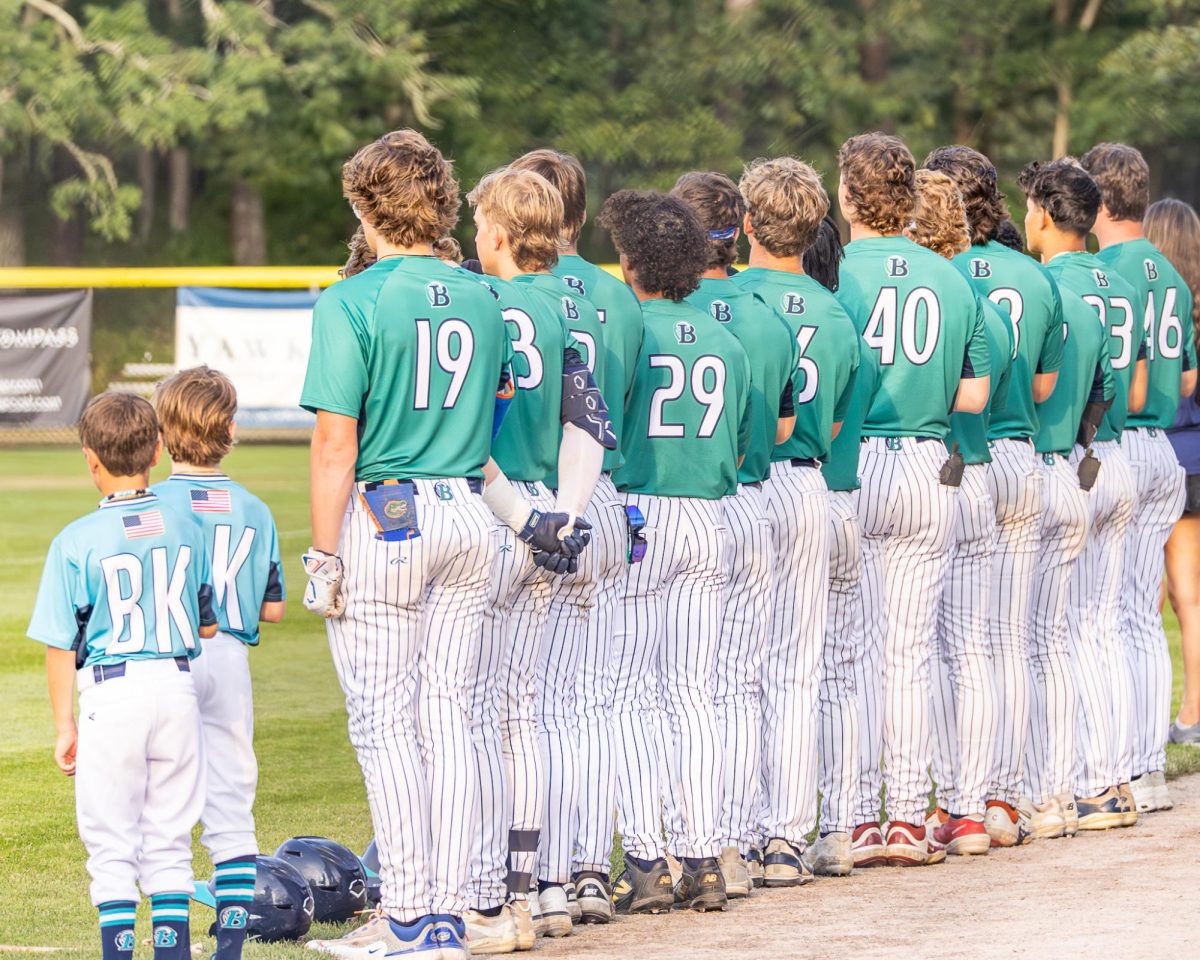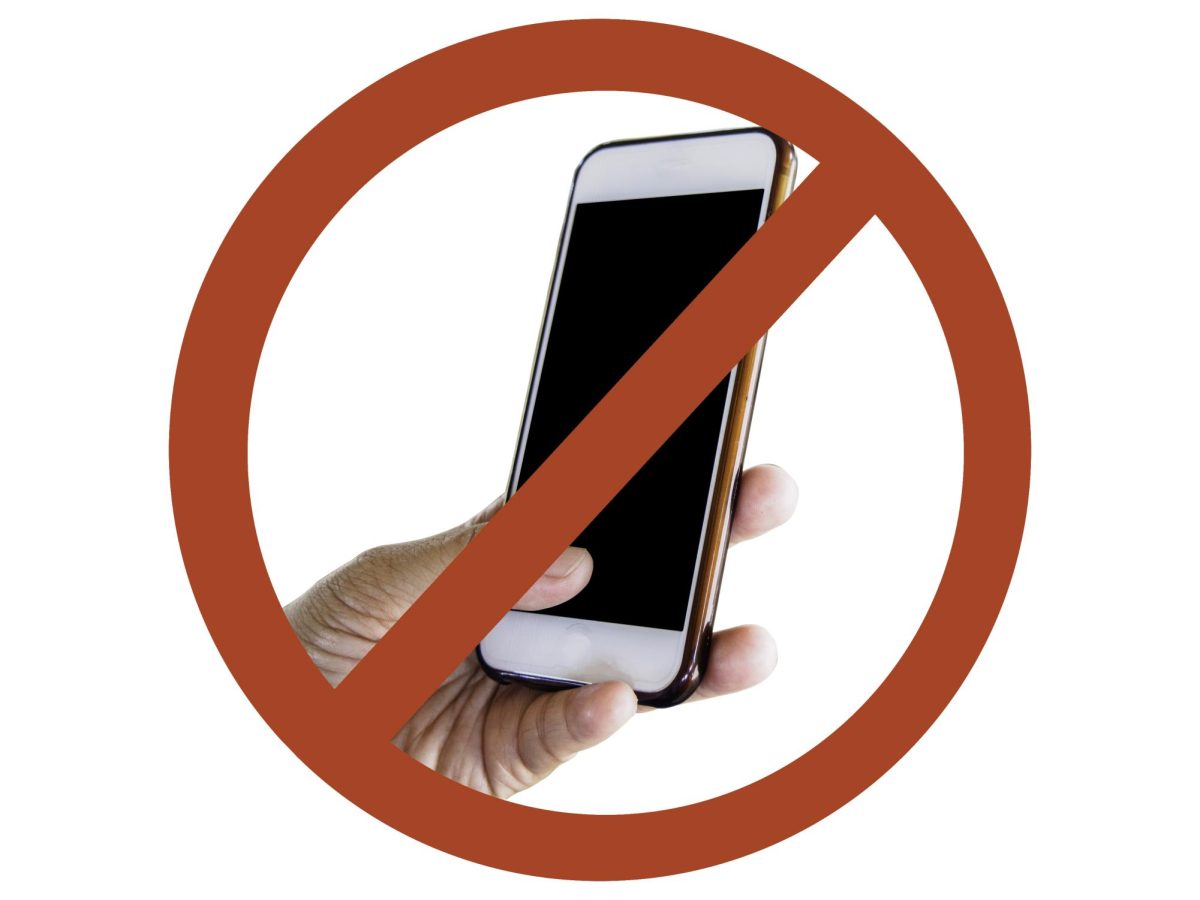Ellie Highwood has just finished crocheting her blanket, which had stripes of cool blue that later melded into intense and hot red. She took a photo and posted it to Twitter with the caption “global warming blanket.” That blanket soon became the symbol of climate change.
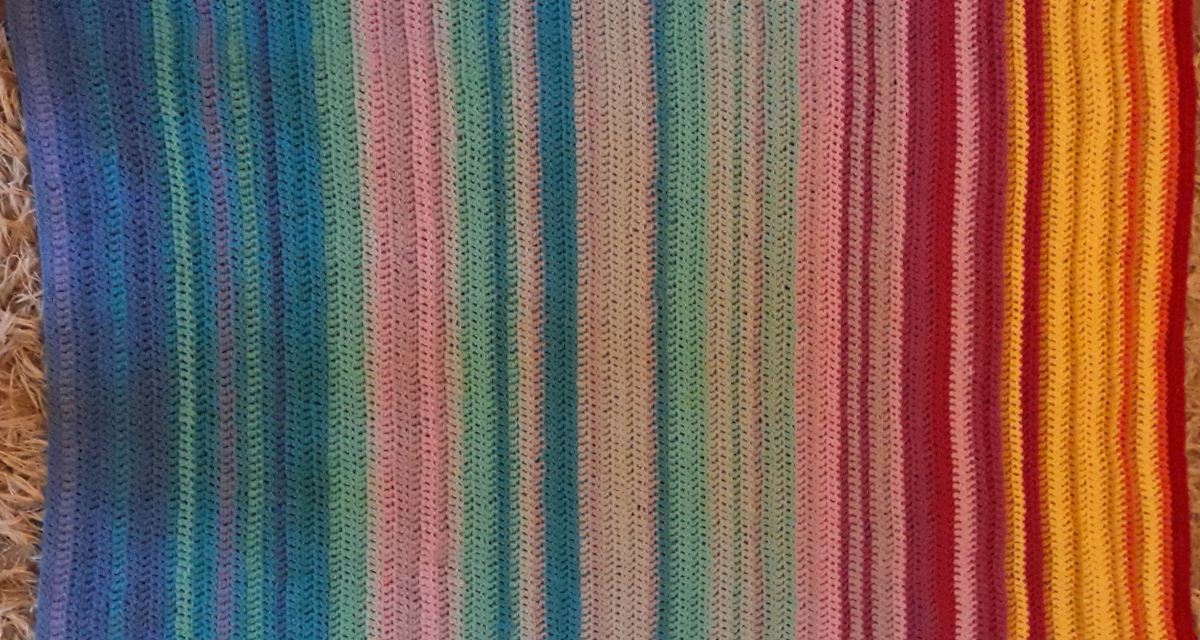
The stripes soon appeared globally; Greta Thunbergs “The Climate Book”, “The Economist” as well as the Brazilian newspaper “Folha de S.Paulo.”
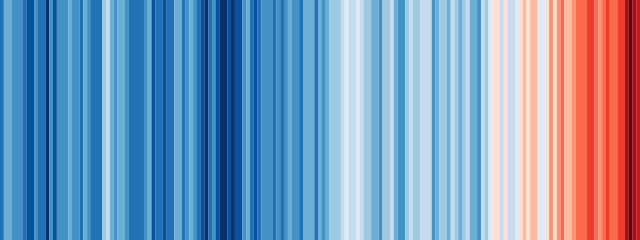
What made the blanket unique compared to normal graphs were the “barcodes” of stripes it used in displaying climate change as vivid colors. Highwood recognized this, and intentionally created the blanket as such because it did “something different”. She posted a tutorial on her blog, explaining that “the craft version does something different…if you are physically reproducing the pattern, you are internalizing the data, and there’s more of a chance you’ll feel it’s real.”
According to BBC News, 2023 was set to be the hottest year on record, a recurring statement many have heard with the passing years. Warnings about the effect of human activity, like greenhouse gas emissions, and increasing the intensity of climate change have been made to bring awareness to the issue. It feels as though there is a daunting grip on the fate of the Earth and its inhabitants, but by bringing awareness in different ways, we could get a few steps closer to deescalating future complications that could be caused by climate change–such as severe weather and loss of resources like food or water.
Amanda Makeluc, the Executive Director of the Data Visualization Society, believes that this blanket, moreover its impact, “allows us to look at the big picture and reflect” (BBC News).



